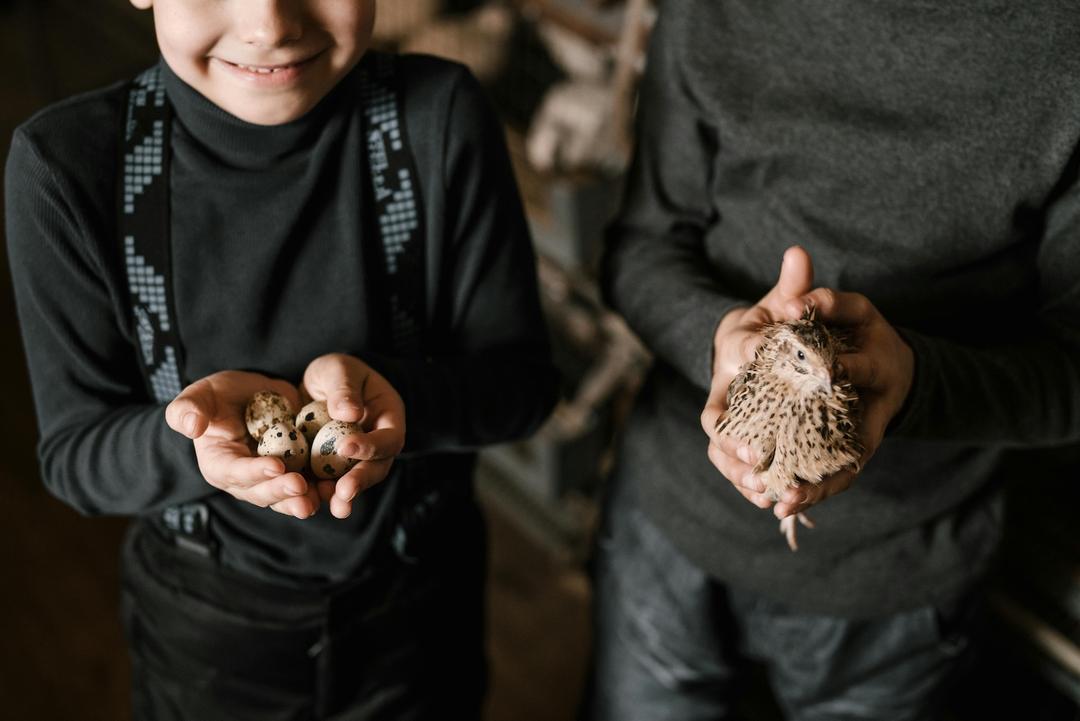Balut is a fertilized, developing egg—most often from a duck, sometimes from a quail or chicken—that’s boiled and eaten whole. To those who grew up with it, balut is comforting, familiar, and full of cultural meaning. To those who didn’t, it can be a moment of curiosity or surprise.
The making of balut begins long before it reaches a plate. Fertilized eggs are carefully incubated for a set number of days, then boiled and eaten while still warm. The result is a nutrient-dense food that reflects a long tradition of using every part of what farms produce. Across many regions, dishes like balut show how practicality and culture often grow side by side.
🌍 Cultural Roots and Regional Traditions
Balut has deep roots in Southeast Asia, especially the Philippines, Vietnam, and Cambodia. In the Philippines, it’s often enjoyed with a pinch of salt or a splash of vinegar; in Vietnam (trứng vịt lộn), it’s served with herbs and chili; and in Cambodia (pong tia koun), with lime juice and pepper.
For many, balut is a familiar evening snack shared with friends or family—a simple food with a long memory. And for communities abroad, it remains a connection to home. Markets and farms in the United States continue to serve those who seek traditional ingredients, keeping these foodways alive far from where they began.
🐥 From Farm to Food
Balut starts on small farms where ducks, and sometimes quail, are raised for both eggs and meat. Certain fertilized eggs are chosen for incubation, monitored closely for temperature and humidity, then boiled at just the right stage.
In Texas, Hideaway Hatchery in Pecan Gap produces a range of specialty eggs, including balut. For farms like these, balut is one way to meet the needs of diverse customers while making practical use of what they already produce.
Producing balut safely relies on many of the same principles used in any good incubation program—clean handling, controlled conditions, and careful timing.
🧠 Curiosity and Context
Outside of Southeast Asia, balut sometimes attracts curiosity simply because it’s unfamiliar. Learning where it comes from—and how it’s made—offers a glimpse into different relationships between people and the food they grow.
Every culture has foods that tell its story. In this case, balut connects farming, community, and the idea that food reflects the values of those who make it.
❤️ Balut in Contemporary Food Culture
Today, Filipino-American chefs and educators often feature balut in culinary events and discussions about heritage food. Their work highlights the agricultural origins of traditional dishes and the importance of preserving food knowledge across generations.
These conversations help link cultural history with the farms that make it possible, showing how local agriculture supports diverse food traditions in modern kitchens.
🌱 Closing Thoughts
Balut carries both history and habit—a farm product shaped by place, time, and tradition. Exploring how it’s raised and shared offers insight into the ways people continue to connect culture and agriculture around the world.
Related Reading:
-
Why Chefs Love Quail Eggs (and How to Try Them at Home)
-
From Egg to Hatch: The Science of Quail Incubation
📚 References
-
Journal of Ethnic Foods (2019). The Authentic Balut: History, Culture, and Economy of a Philippine Food Icon.
-
Tropical Animal Science Journal (2023). Fat Content, Fatty Acid Composition, and Nutritional Indices/Ratios of Balut from Itik-Pinas Mallard Ducks in the Philippines.
-
Food Republic (2023). What Is Balut and How Did It Become a Popular Street Food?
-
National Nutrition Council (Philippines) (2023). Are There Good Nutrients in Balut?





